Alpaca colour genotyping, a new tool to enhance breeding decisions
The balancing game of good breeding is about optimising the desirable qualities of a dam and sire, reduce the impact of less desirable traits and produce a superior offspring. Success is generally based on well considered decision-making with a dash of trial and error …weighing up qualities such as fleece, frame, fertility, health, mothering behaviour, temperament and colour when deciding on a pairing. The odds of success can be greatly increased with solid data and known variables to base decisions on. Variables such as the heritability of fleece and frame traits, or your own data on an animal’s fertility or how well a female feeds and grows her cria.
A new and exciting piece of ‘kit’ for the decision toolbox is colour genotyping. Knowing the genetic colour of your animals and what colour mutations they carry will significantly contribute to or detract from your breeding goals.
Ever wanted to have more certainty of producing a particular colour cria? Colour genotyping allows you to predict the percentage chance of a particular colour cria from a particular mating. Depending on the genotypes this could mean no chance of that colour from that mating…so you won’t waste 11 months!
Colour genotyping also identifies what mutations are carried on the two colour genes (ASIP and MC1R). This is important if you are wishing to breed white or light fawns, as for these colours to be expressed research indicates two dilution mutations are required.
Want to breed greys or don’t want to breed greys… colour genotyping will identify if your animal carries the grey KIT gene.
Colour genotyping gives additional information to purchasers who wish to breed a specific colour but want to introduce another coloured animal with superior fleece qualities into the breeding programme…they will know if that stunning brown they have their eye on will ever be able to breed a black!

